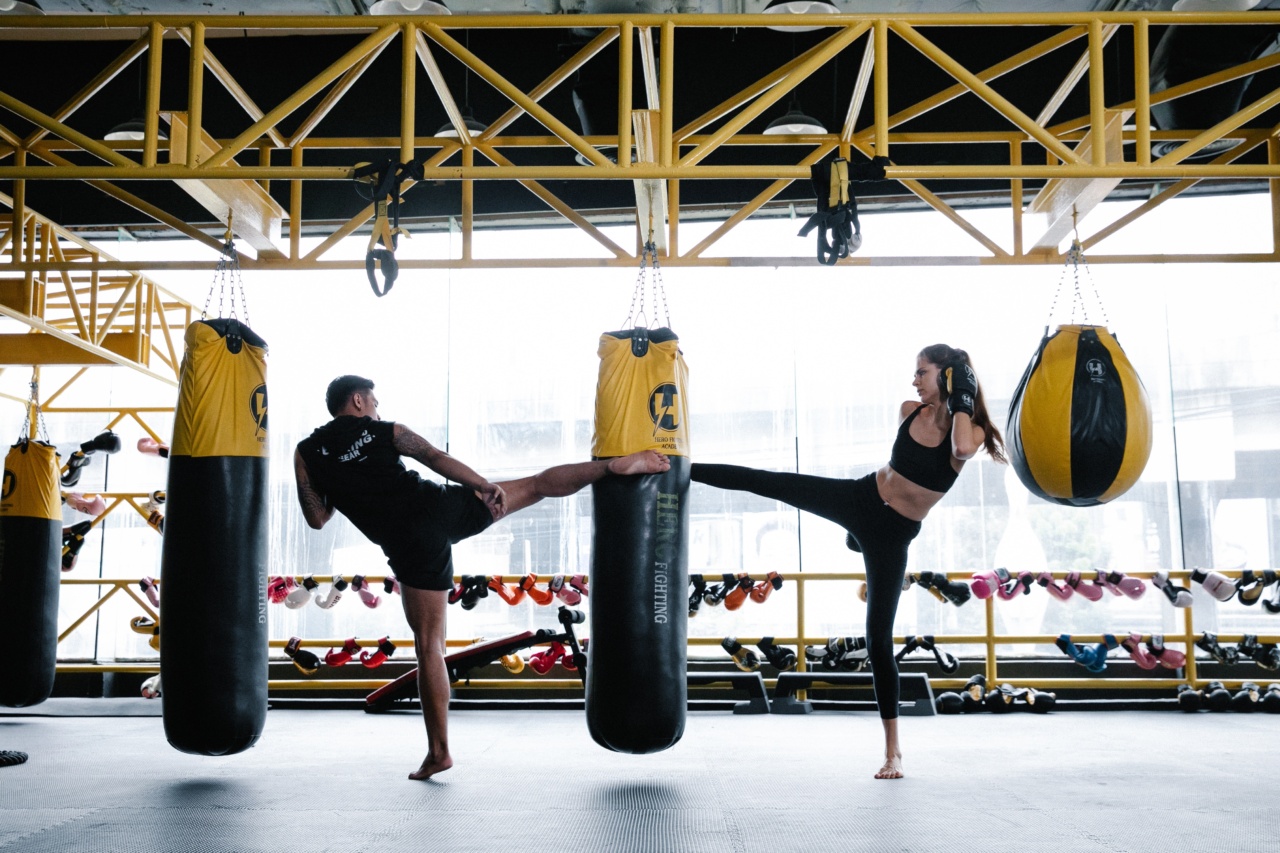Osteoporosis is a condition characterized by low bone mass and deterioration of bone tissue, which can lead to an increased risk of fractures. It primarily affects older adults, especially postmenopausal women.
However, it is never too early or too late to take steps to prevent or manage osteoporosis. Exercise is a key component in maintaining good bone health and reducing the risk of fractures. In this article, we will discuss three essential exercises that can help combat osteoporosis.
1. Weight-Bearing Exercises
Weight-bearing exercises are activities that require your body to work against gravity while staying upright, effectively putting stress on your bones. These exercises help stimulate bone formation and reduce the rate of bone loss.
Here are a few examples of weight-bearing exercises:.
a) Walking: Walking is a simple and accessible weight-bearing exercise that can be done by people of all ages. Aim for at least 30 minutes of brisk walking on most days of the week.
b) Dancing: Dancing is not only a fantastic way to have fun but also a weight-bearing exercise that can improve bone density.
Whether it’s salsa, hip-hop, or ballroom dancing, choose a style that suits your preferences and get moving.
c) Stair climbing: Incorporating stair climbing into your daily routine can be highly beneficial for bone health. You can choose to use a staircase at home or make use of stairs in public places.
d) Jogging or running: If your overall health allows, jogging or running can offer significant bone-strengthening benefits. Start with shorter distances and gradually increase the intensity and duration.
2. Strength Training
Strength training exercises help improve bone density by exerting force on the muscles and bones. By targeting specific muscle groups, you can strengthen the surrounding bones and reduce the risk of fractures.
Consider including the following strength training exercises in your routine:.
a) Squats: Squats are excellent for building strength in your leg muscles, which support your spine and hips. Start by using your body weight, and as you progress, you can add resistance using dumbbells or resistance bands.
b) Lunges: Lunges target several major muscle groups like quadriceps, hamstrings, and glutes. This exercise helps improve stability and balance, reducing the risk of falls and fractures.
c) Push-ups: Push-ups strengthen your upper body, including your arms, shoulders, chest, and back. They also engage the muscles in your wrists and forearms, which can help prevent fractures in those areas.
d) Planks: Planks engage your core muscles, including your abdominal muscles, lower back, and hips. By strengthening your core, you improve your overall stability and reduce the risk of spine-related fractures.
3. Balance and Posture Exercises
Balance and posture exercises are crucial for preventing falls, which can lead to severe fractures, especially in individuals with osteoporosis. These exercises focus on enhancing stability, coordination, and body alignment.
Here are a few examples of balance and posture exercises:.
a) Tai Chi: Tai Chi is a gentle martial art that focuses on slow, controlled movements and breathing techniques. It promotes balance, flexibility, and mind-body awareness, making it an ideal exercise for individuals with osteoporosis.
b) Yoga: Yoga poses not only improve flexibility but also increase strength and balance. Incorporating yoga into your routine can help improve bone health and reduce the risk of falls.
c) Heel-to-toe walk: This simple exercise involves walking in a straight line, placing the heel of one foot directly in front of the toes of the other foot. It enhances balance and coordination, reducing the risk of falls.
d) Standing leg lifts: Standing leg lifts help strengthen the muscles in your legs, including those around the hips. These exercises can be performed by holding onto a chair or wall for support if needed.
Remember to consult with your healthcare provider or a qualified exercise professional before starting any new exercise regimen, especially if you have a pre-existing condition.































